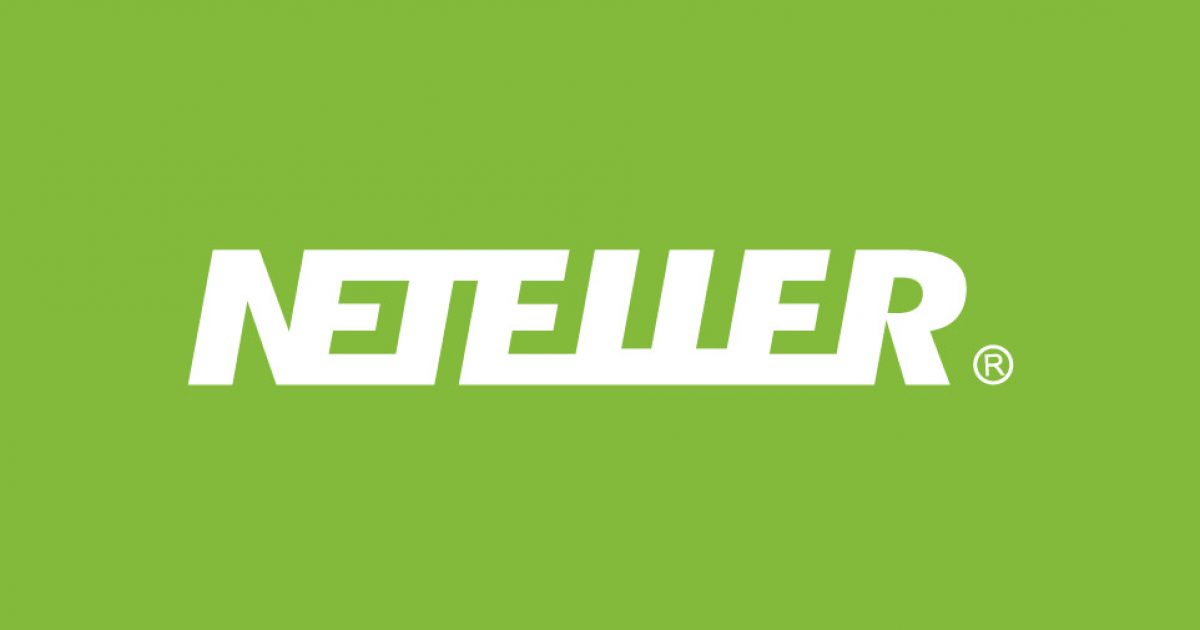

Key examples: For this type of storage, neobanks and neofintech applications such as Revolut or N26 provide users with virtual wallets and the ability to store and access funds on their devices. Often, there is a single data center or multiple centers that are horizontally scaled, that holds information about accounts and the money stored. These databases are owned and operated by a central third party that retains ultimate authority when it comes to the e-wallet, account details, and all exchanges and transactions. Centralized system: Since e-wallets are entirely digital, there is always a backend financial system with a database that contains accounts and currencies. But when it comes to storing your currency, there are two distinct structures at play:ġ. How and where? Storing money with e-walletsĪll e-wallets involve advanced encryption to safeguard that the user’s payment information never leaves his or her device, and many platforms feature additional security measures such as one-time PINs and two-factor authentication. Whatever stage you’re at, make sure to perform enough market research and use this to establish a strong foundation for future growth. Engaging design principles in FinTech services can also be transformative to the end product. It not only accomplishes all the features of a semi-closed wallet but also facilitates in online purchases, contactless in-store payments, and even the withdrawal of funds at select ATMs or other physical locations.įor anyone making an entrance into this ecosystem, identifying the best e-wallet asset model is a critically important launch-off point. Open wallet: Typically developed by banks or institutions partnered with banks, this is often a simple and secure model that is accepted at most retailers, such as Visa or Mastercard.
#Ewallet usa license
This allows these platforms to have a form of e-money license and can emit this e-money into virtual wallets that are managed centrally by PayPal.
#Ewallet usa Offline
This platform is a centralized web storage of e-money which is accepted for both offline and online purchases. Semi-closed wallet: For both merchants and users, this option offers a bit more freedom by allowing consumers to complete transactions at pre-identified stores and locations, such as PayPal.Companies that sell products and/or services have the best opportunities with a closed wallet app, with some businesses able to earn a small interest on the money within the wallet. Any money from returns, refunds or cancellations is also converted and stored in the wallet. Closed wallet applications: This model stores funds for users and allows transactions exclusively with the issuer of the wallet, such as Amazon Pay.The main asset types allow people to store their funds and be sure that their money is safe. But, instead of plastic, they are fully digital and eliminate the need to carry a physical wallet.īut how does this business model work for merchants, startups or FinTechs that are trying to enter the market? This all depends on the e-wallet asset model and revenue structure that is chosen.

In other words, they provide the same service as a debit or credit card.

E-wallets: asset types and payment methodsĮ-wallets are combinations of secure storage and payment acceptance gateways that are used for online transactions with a computer or smartphone.

Most importantly, we’ll highlight the endless benefits from e-wallets that consumers, businesses and PayTechs are buying into on a daily basis. In this deep-dive piece, we’ll take a closer look at the asset types and payment methods for e-wallets and how they work. Source: The Global Payments Report by FIS


 0 kommentar(er)
0 kommentar(er)
